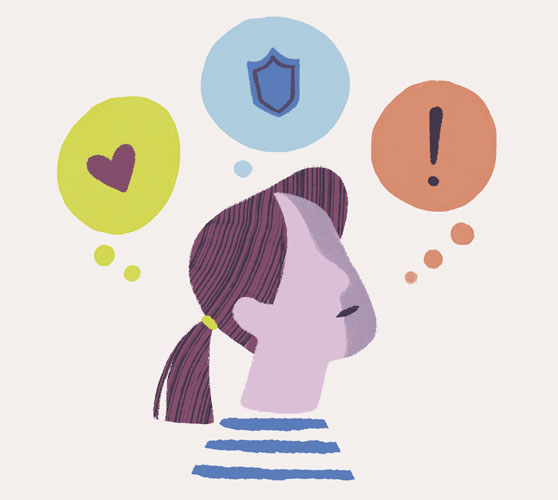Is it Abuse?
Every relationship is different. Recognizing domestic violence can be difficult, especially when someone you care about is behaving in an abusive way. Knowing the common signs is the first step to getting help.
A Pattern of Control
Domestic violence is a pattern of controlling, coercive behavior used to establish power over another person who is often a family member, spouse, dating or intimate partner.
This power and control is maintained using different types of abuse to instill fear, destroy confidence or remove resources. These tactics may be directed at the victim, other family members, children, or pets in an attempt to control the victim.


More than Physical
Domestic violence is the result of a person’s feeling of entitlement to have power and control over another person in their life, and their choice to cause harm to maintain that power and control. These behaviors may involve physical violence to instill fear, but can also include tactics that are less easy to recognize
Domestic violence can lead to other significant issues. Homelessness, mental health challenges, head injury, medical complications and substance use, all have long-term physical and emotional issues for the victim and their children.
Some examples of abuse include:
Emotional + Psychological: extreme jealousy; stalking; harassing messages; withholding important documents or medications; limiting how & with whom you communicate; sabotaging your work or school; or isolating you from friends or family
Financial: taking your paychecks; refusing to provide money or contribute to necessary or shared expenses like food, medical costs, transportation, etc.; refusing to pay bills; opening credit cards in victim's or childrens’ names without permission
Sexual: forcing or coercing you into any sexual activity in which you do not want to participate; taking or sharing sexually explicit photos without your consent; denying or sabotaging contraception
Tech/Digital Abuse: using technology/GPS to monitor your location; forcing you to provide account passwords; controlling social media activities or friends; posting embarrassing or compromising information about you on social media; using 3rd parties to threaten you online
Litigation Abuse: using the court system to control and harass the survivor, including filing false or repeated motions often causing the victim to lose time from work and financially draining the victim
Physical: Hitting, pushing, choking, etc.; throwing or breaking objects to intimidate you; disrupting your sleep patterns to make you feel exhausted; hurting or threatening to hurt your children or pets


